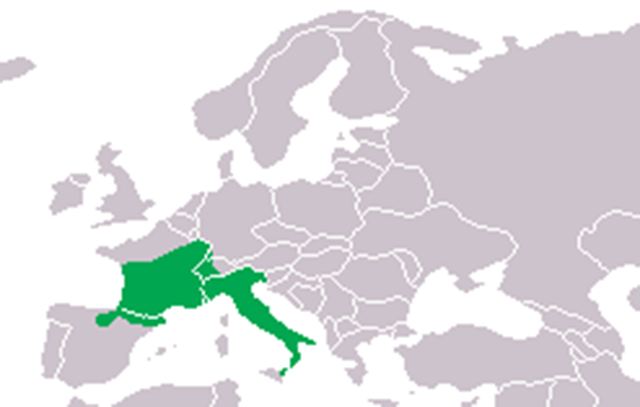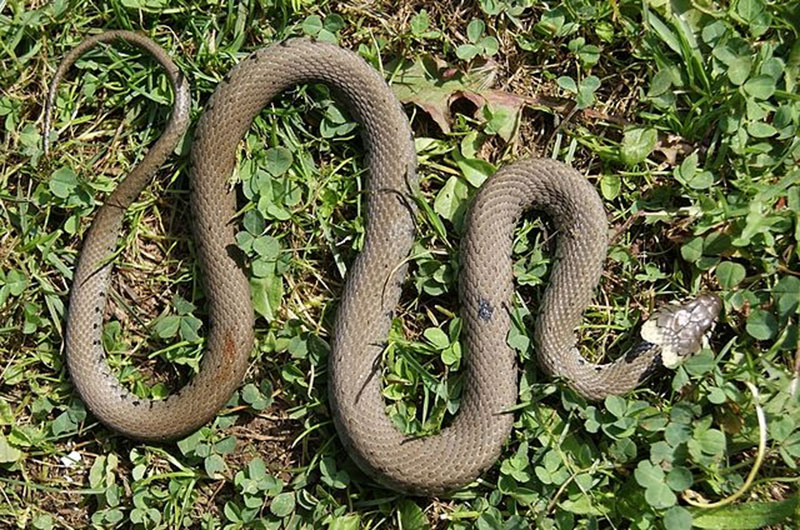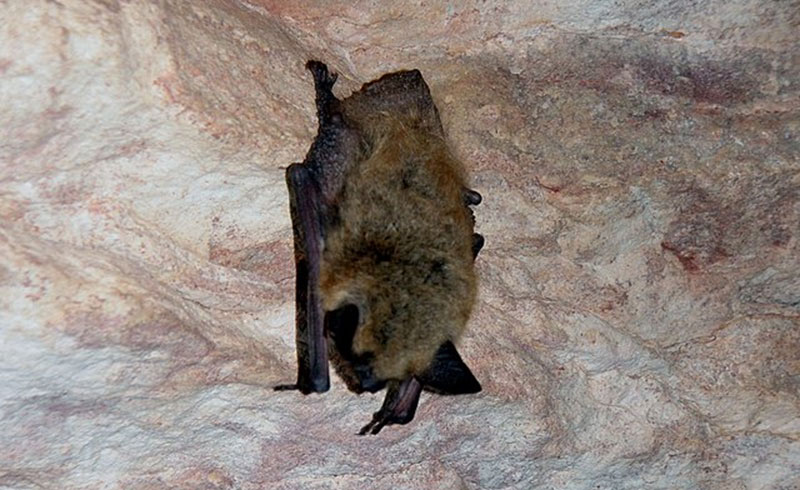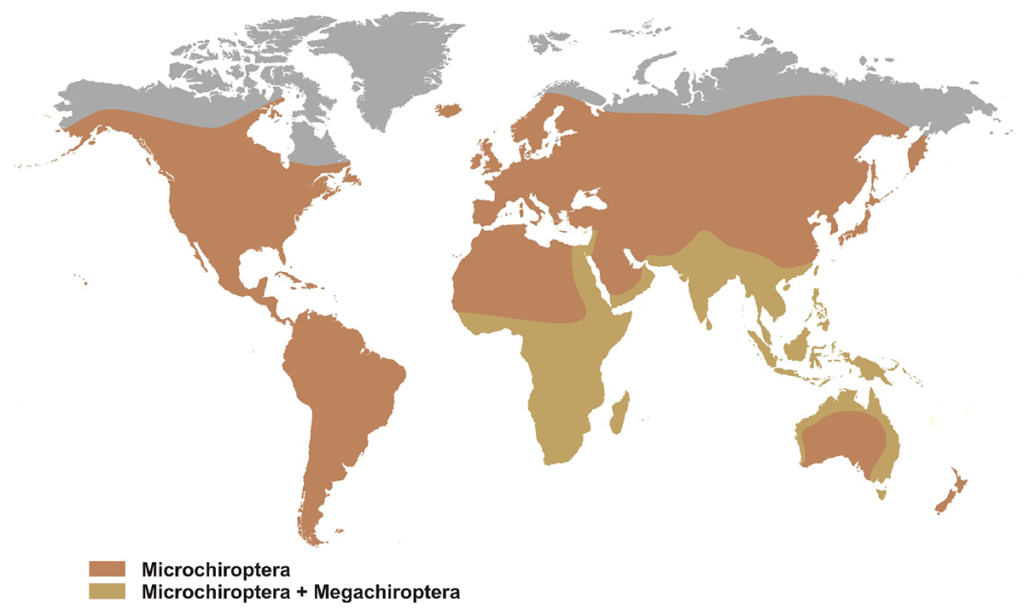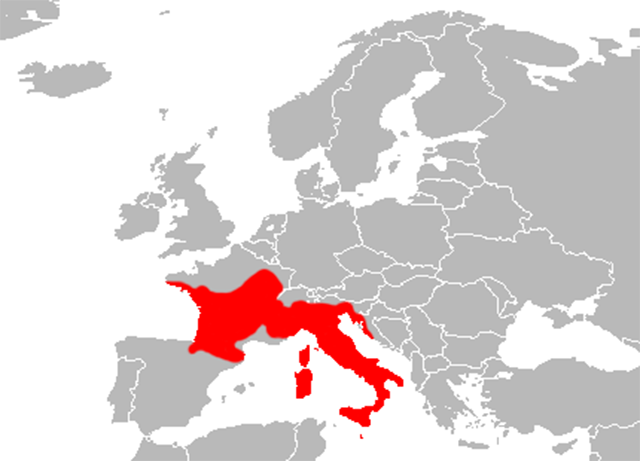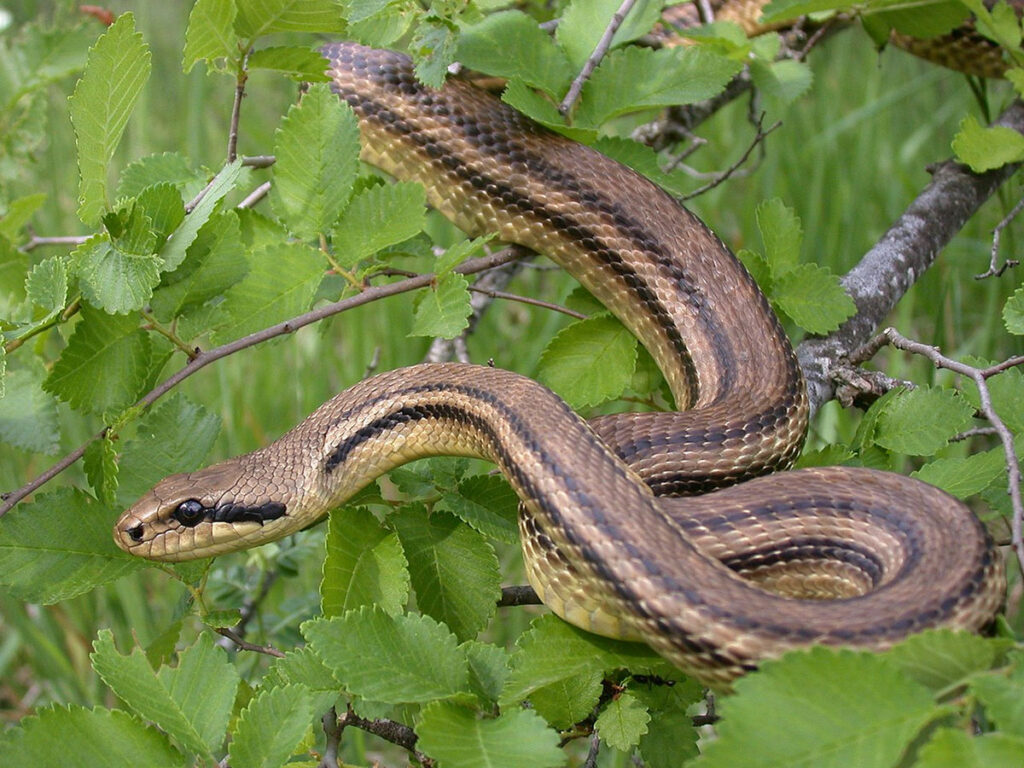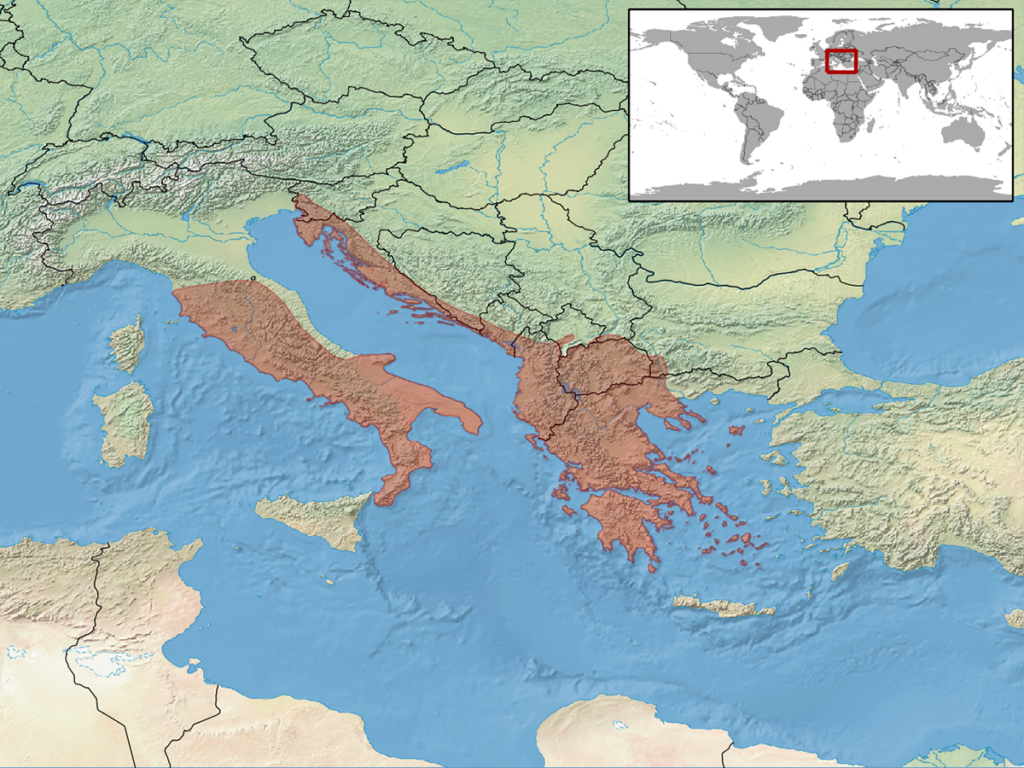Eurasian viper
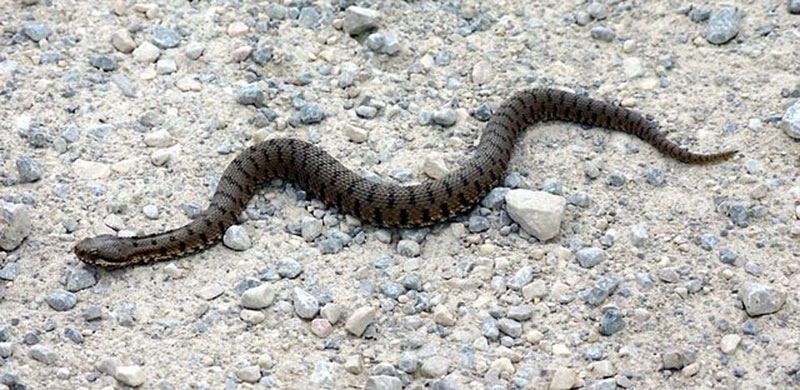
Common name: Eurasian viper
Scientific name: Vipera aspis
Class: Reptilia
Order: Squamata
Family: Viperidae
Nutrition: piccoli uccelli, topi, lucertole.
Features: It has a triangular-shaped head and a short, squat tail. Like all reptiles, it must expose itself to sunlight to raise its body temperature.
When temperatures fall below 4 °C, it ceases all activity and takes refuge inside a cavity or crevice in the ground to protect itself from frost and rain
Curiosity: The term asp is referred to the name of the species.

